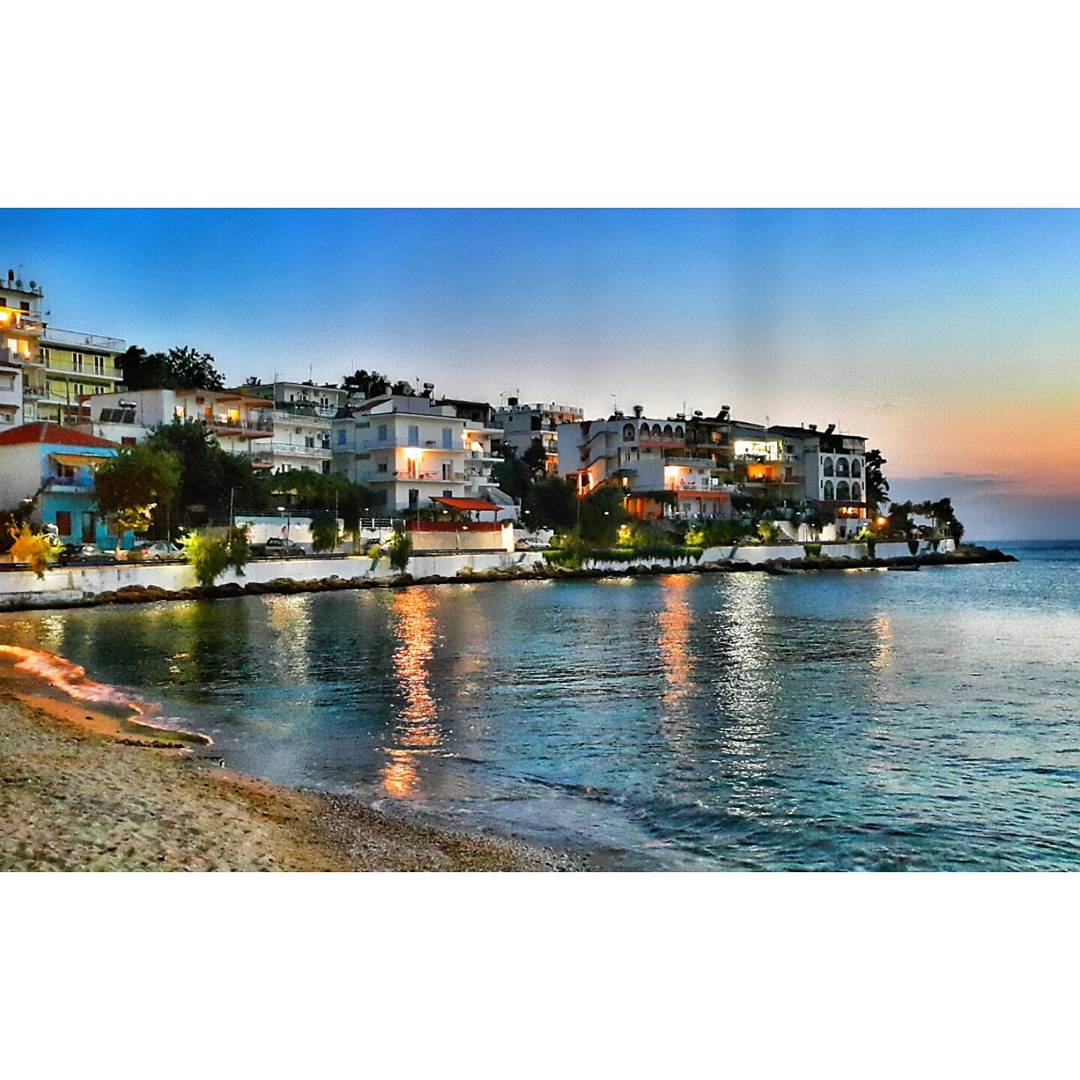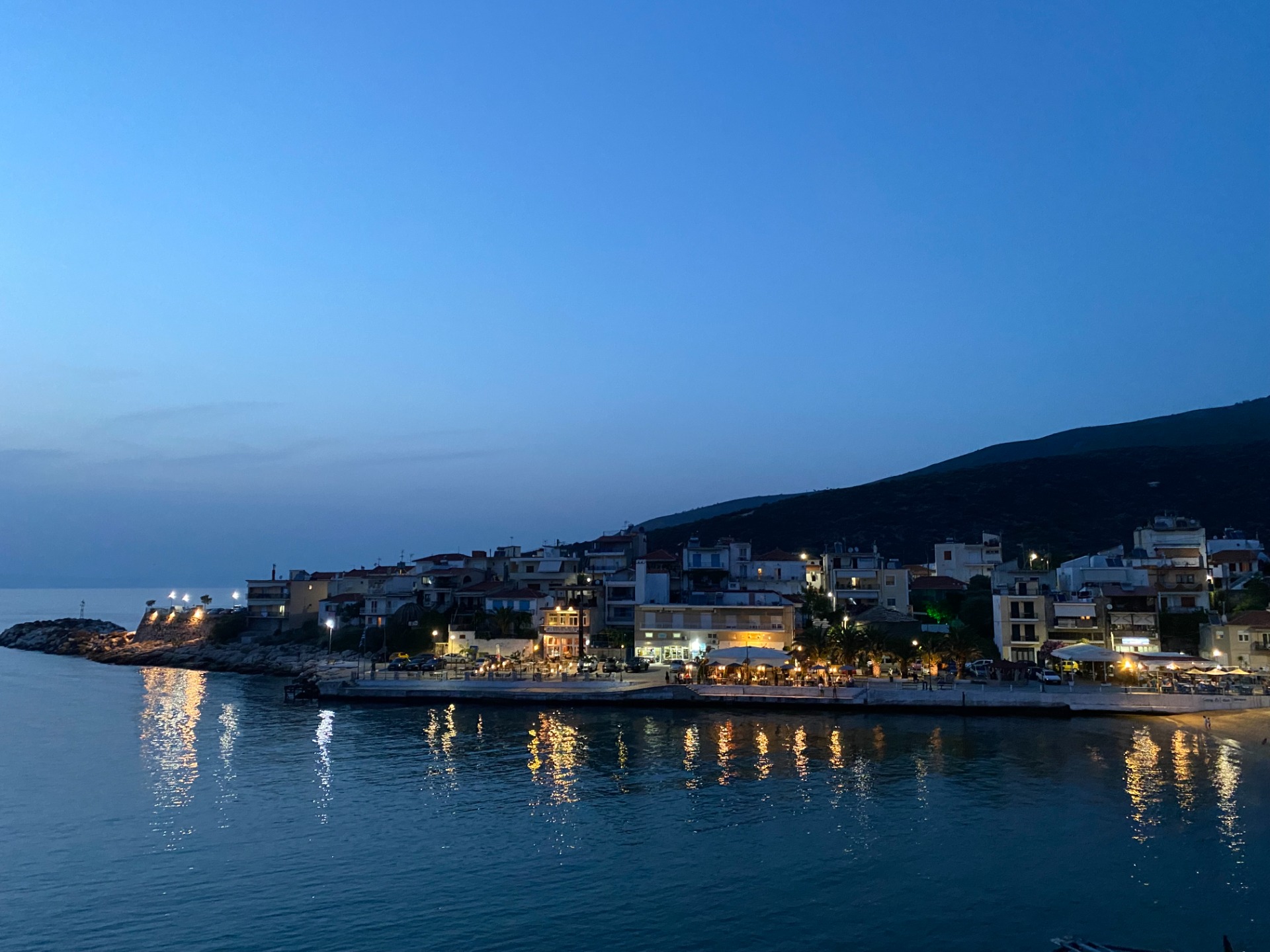

7 km from the village of Limenaria towards Prinos, next to the sea, in the place where the ores from the mines were loaded, Skala Maries was developed. Skala Maries is a picturesque fishing village, with good taverns, Offering fresh seafood.

The small port of Skala Maries welcomes all kinds of boats during the summer and the fishermen of the village often go out to sea and supply the beach tavernas with fresh fish.
In Skala Marie's visitors will be thrilled by the special and distinguished architecture of the settlement: Amphitheater built next to the sea with small and narrow houses, built "close" to each other, in order to achieve the maximum possible safety, which was necessary during the times when the seas were dominated by pirates. In the few houses from earlier centuries that have been saved, one can see colorful furousias on the balconies, but also carved ceilings, examples of brilliant architecture and financial strength.

In the wider area of the village of Skala Maries, the Atspas cave is located, which is considered one of the most important natural monuments of Thassos, and the recent discoveries of speleologists and anthropologists that came to light rank it among the most important caves of northern Greece.
As stated on the official website of the Ministry of Culture, the Atspas cave is "a karst cave that opens into solid marbles of the Rhodope massif". Its two large halls are surrounded by labyrinthine corridors, horizontal or inclined and cavernous passages. It all ends at the lower level of the Atspa cave, where speleologists discovered rooms of various dimensions and small, underground lakes. Today, a large part of the cave has been explored, measuring 80x55 meters, with a maximum ceiling height of 22 meters.

However, it is the archaeological discoveries that raise the importance of the Atspa cave, as in addition to the scattered fragments of vessels, remains of food, stone, clay and bone objects that had come to light a few years ago and placed its use during the latest Neolithic era and the Early Bronze Age. Prehistoric man was found in the cave of Atspas Marion a well-protected area and, as the surface pottery shows, this was done in a wide chronological range from the end of the 5th to the beginning of the 3rd millennium BC.
Today the Atspas cave is not open to the public, as work is pending inside it.
